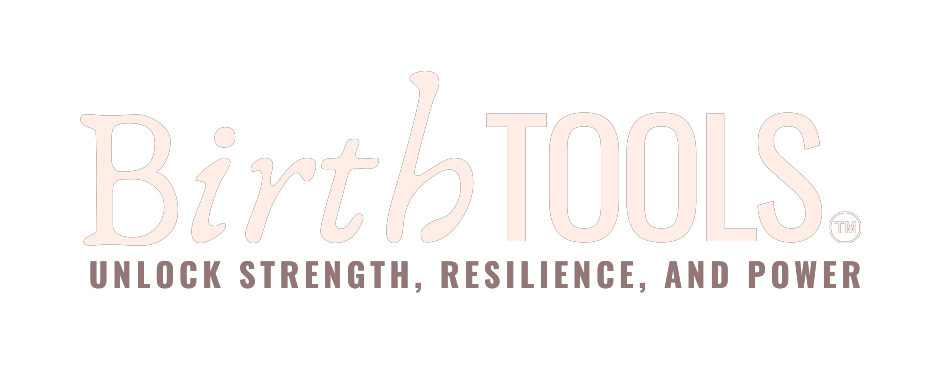We all know
that you are so thankful for your baby or babies, no matter how they were born. After birth it you were probably told, "It's totally normal" to leak a bit of wee when you laughed or
accidentally fart a little when you pulled yourself off the couch in those
first few weeks.
At your 6 week check your GP or doctor gave you the a-ok! Yep,
you can exercise, you can have sex, you’re bleeding has stopped and you might
even get your period back,! Even if you’re still experiencing heaviness in the
vagina or have some trouble holding your bladder then they say,
IT’S ALL NORMAL. It’s just part of childbirth!
Sound
familiar?
Maybe the timeline is different for you or perhaps it’s been a few years of
suffering in silence.
I am so glad that you made your way to this page because
you don’t have to feel helpless anymore.
Empty space, drag to resize
Is it going
to take time? Yes
Is it an impossible feat when you’re a working mother or feel like you don’t have the time to
wash your hair? NoWarm up your cold coffee and sit with for a few
minutes to start the steps to a stronger pelvic floor today!
Firstly, if you’re wanting to know more about prolapse and how pelvic floor weakness can lead to incontinence issues eg; heaviness, leaking wee and involuntary fluffs then check out my blog article here!
After
birth, we go to our postnatal check and are told that because we have hit this
mark and we don’t have any serious conditions, we can now return to exercise
because we “feel good.”
In reality the mind feels ready but it’s not physically connecting to
our internal pelvic floor muscles well which keep everything in it’s place. So, if
you are experiencing issues 6 weeks onwards or it’s 2 years since you’ve had
your baby and now you are feeling the effects, then remove anything that adds
jalting strain to your pelvic floor muscles. That means jogging, jumping,
lunging with weights (just until you’ve got to the next step).
This physio is different to someone who works with recovery from a sports injury. They are usually a female physio who will internally feel your pelvic floor to diagnose your condition. Please note that this requires a vaginal exam but shouldn’t be uncomfortable because YAY you’re not in labour this time! They also will give you changes to your diet and routine so that you can manage it moving forward. It's good to see someone who works specifically in the postnatal space as they will create a REALISTIC routine for a mother's schedule.
I know. I know.
You’ve been now been given a routine of 5-8 exercises to do each day, maybe even multiple times a day. Depending on your physio and their philosophy it can sometimes feel like too much when you’re already overworked and touched out.
My advice is to balance it all out.
For example, if your physio asks you to do the rounds of exercises twice a day, then do them at least once. If you’re physio is a little bit more realistic and directs you to do it every second day, then aim for 3 times in the week. By all means, if you can go every day then do that instead, but realistically we all know you have lots on your plate.
If you’re a strong runner, hate to exercise or perhaps even a crossfitter, then starting yoga or pilates may be a step in an uncomfortable direction.
The reason I suggest it though is because there is a strong connection between your pelvic floor and what is required in this type of sport. It is also low impact and if you can find a mum’s and bubs class, you can bring your baby.
Of course, you may not be able to join the gym due to finance or time. So there are some fantastic online options that you can utilize once or twice a week to get you motivated and healing.
This is so important so you can see progress and get direction on when you can return to normal exercise and activity. It’s also helpful that if you don’t feel like there is much improvement you can get help with a pessary (some internal help) or talk about what else can be done (possibly surgery alongside physio) to get you on your way to feeling like the strong woman you are.
Depending
on the severity of your prolapse or specific weakness, you could be looking at a few
months of these rehab exercises and taking a more strength based, slow approach
to exercise.
Empty space, drag to resize
The good news is you will start to feel results within a few weeks, even if they are really minor changes, they can be so encouraging.
Empty space, drag to resize
This kind of recovery information is why BirthTools™ contains multiple segments and resources on how to strengthen your pelvic floor after birth as well as the facts behind having a vaginal birth when you have prolapse or have previously experienced it.
Empty space, drag to resize
There is no other childbirth education out there like BirthTools™. Find out why...

